Types of turbochargers: Turbo, Twin turbo, Twin-scroll, do you know them all?
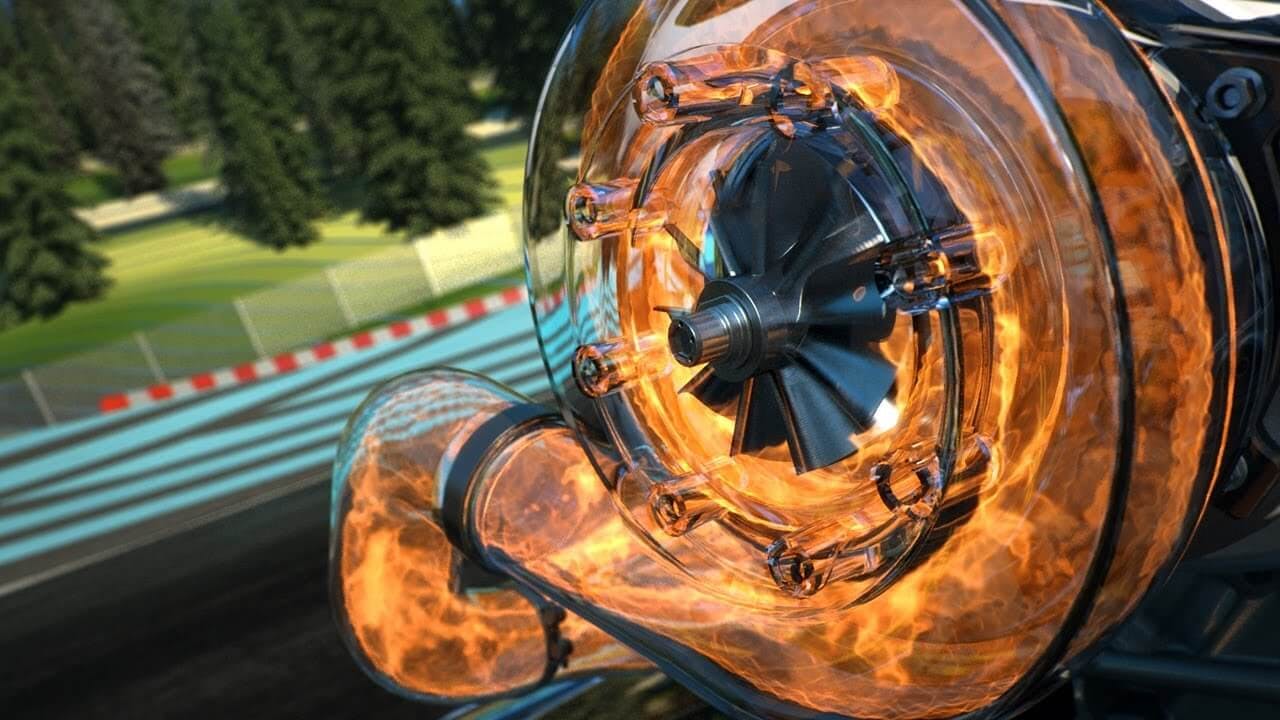
Turbo, Twin turbo, Bi-turbo, Twin-scroll, or electric turbo? Which one is the best, and what are their advantages and disadvantages?
We will look at all the mentioned types of turbochargers in this article and talk about their construction.
Inhaltsverzeichnis
What is a turbocharger for?
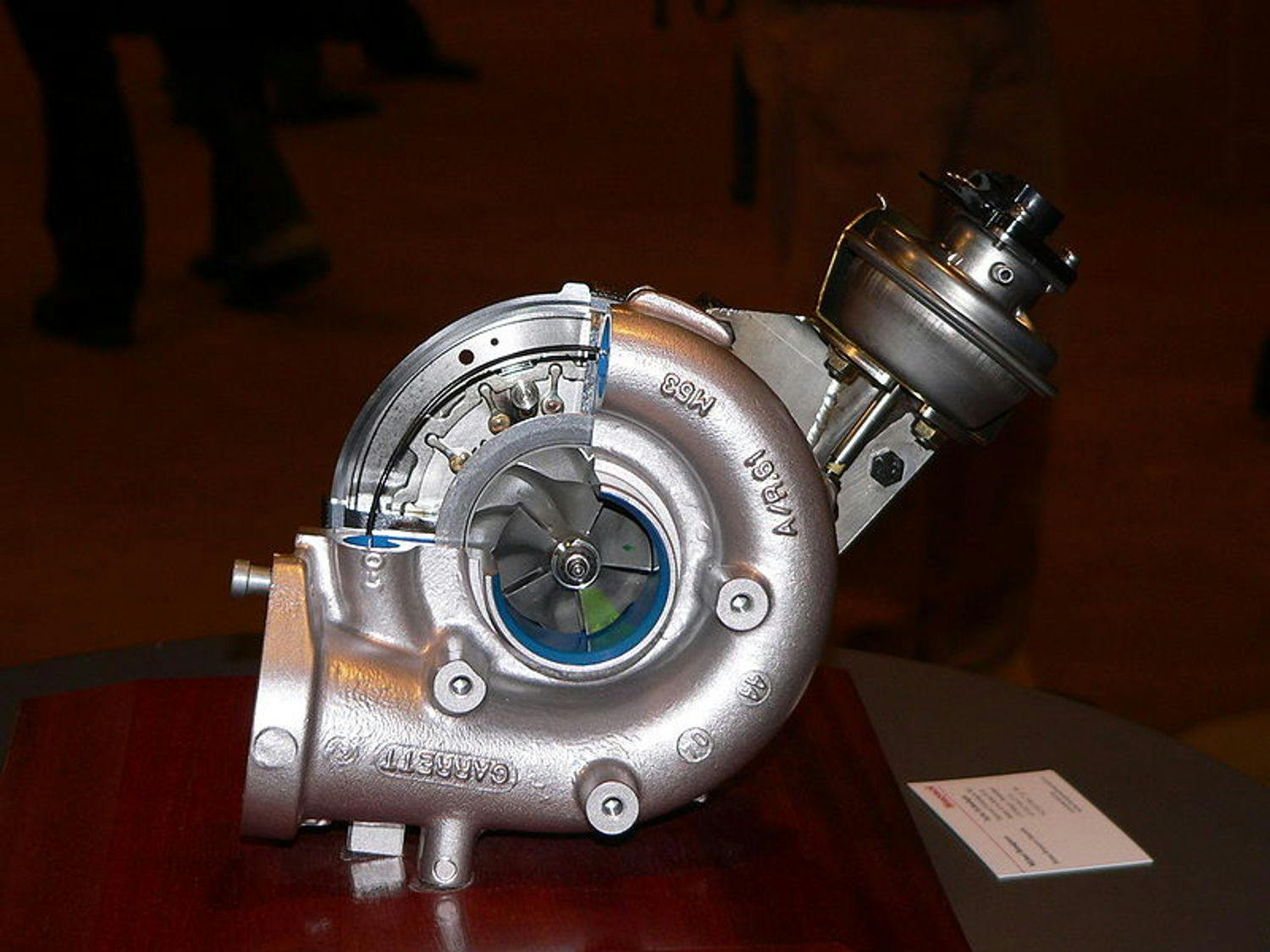
A turbocharger or, colloquially, a turbo is a device that increases the power of an internal combustion engine by forcing air into the combustion chamber.
The increase in power is that the engine receives many more oxygen molecules from the same air volume, because the air is compressed, making the mixture more explosive.

Turbocharger: What are its advantages, and what is turbo lag?
Thus, a turbocharged engine accelerates more easily, has higher power, and does not consume more fuel than an atmospheric engine. The turbocharger is powered by exhaust gases, which means it uses energy that would otherwise be wasted.
The drive of the turbocharger using exhaust gases is very efficient because the turbo does not take energy from the engine, unlike the supercharger, which is driven mechanically by the power of the engine.
What does a turbocharger consist of?
The main part of the turbocharger is the turbine, i.e., the propeller. It can rotate at a speed of up to 300,000 rpm and has the greatest influence on some performance characteristics of the turbocharger. The size of the turbine determines the amount of air that will flow into the engine. In general, the larger the turbine, the greater the airflow capacity.

The performance of a turbocharger is closely related to its size. Large turbochargers need more exhaust gas pressure, which causes turbo lag at low speeds. Small turbos spin quickly, but may not have the same power at high acceleration.

Turbo Lag: What is it, and how to reduce it?
Different turbocharger variations combine the advantages of large and small turbochargers effectively.
Single turbocharger - The simplest type of turbocharger
This simple turbocharger was already used when supercharging was in its infancy. However, a simple turbocharger has certain limits in terms of engine tuning.
As already mentioned, the turbocharger is powered by exhaust gases. A small turbocharger has low inertia, so only a small amount of energy from the exhaust gases is sufficient to spin the turbine.
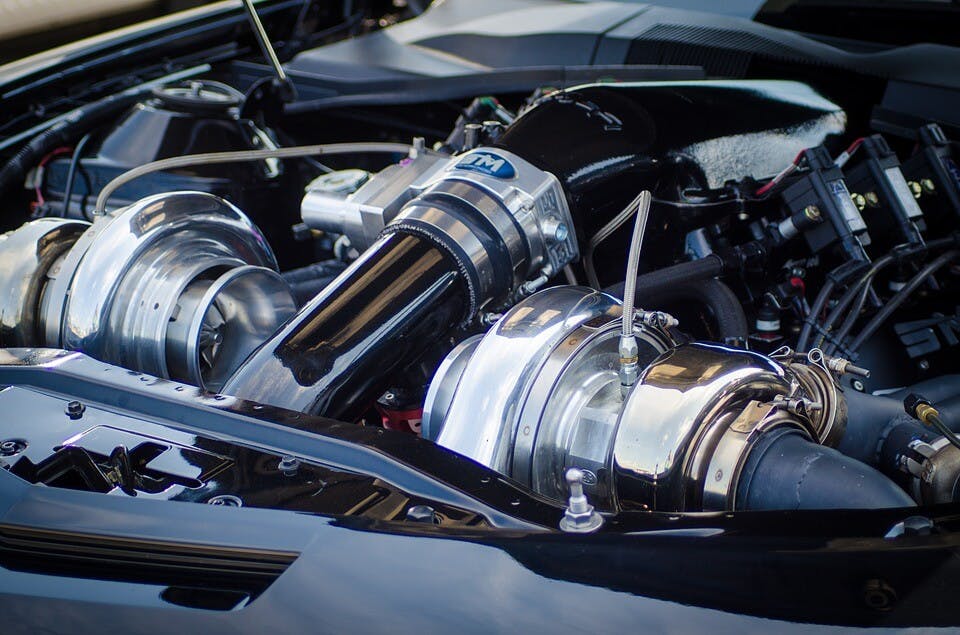
Engine Power And Torque: Which of these parameters is more important?
An engine with such a turbocharger provides high torque already at very low revs, so it excels in flexibility even at lower revs. However, it does not have power at high speeds, because the turbine would like to rotate faster, but it reaches its maximum speed given by the design.
Therefore, a small turbo will reach its maximum speed at a lower engine speed than a larger one. On the other hand, a large turbocharger only works at high engine speeds. This means that the higher the speed of the engine, the higher its power.
An engine with this type of turbocharger runs at certain speeds like a non-supercharged unit. When it exceeds a certain range of revolutions, it manifests in a very sharp and forceful start and thrust.
Advantages:
- Price
- Reliability
- Simple construction
Disadvantages:
- Considerable turbo lag
- A compromise between engine performance and flexibility
Variable-geometry turbo
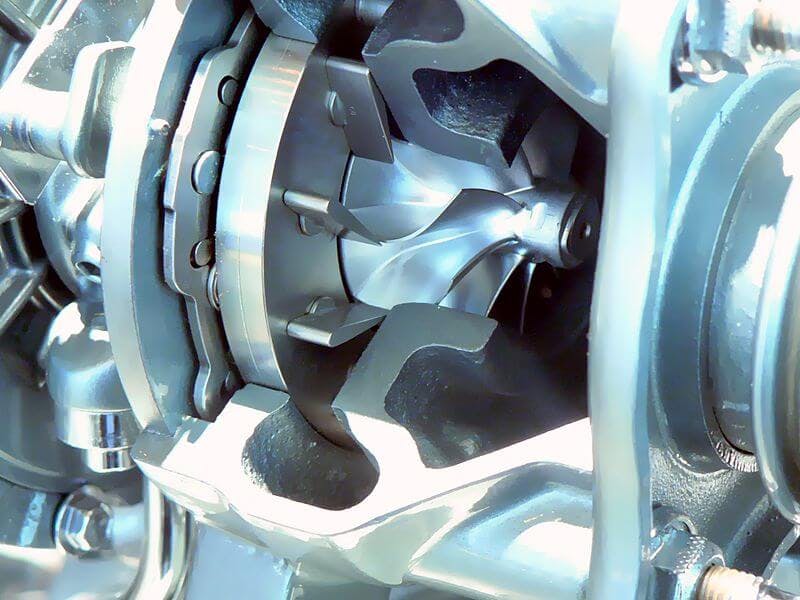
Variable-geometry turbochargers (or VGTs in short) use movable blades to adjust the airflow to the turbine, thus mimicking an optimally sized turbocharger throughout the power curve. The result is a turbocharger with no observable turbo lag.
This type of turbocharger is used exclusively for diesel engines. The reason is the susceptibility of the blade mechanism to high temperatures. To clarify, the temperature of the exhaust gases of gasoline engines is several hundred degrees Celsius higher than that of diesel engines.

Variable-geometry turbocharger (VGT): How does it work?
Even in this case, however, there are exceptions so you can meet this type of turbocharger even with a petrol engine.
Advantages:
- Works in a wide range of engine speeds
- The price is comparable to the price of a simple turbocharger
Disadvantages:
- Lower reliability compared to a simple turbocharger
- Designed primarily for diesel engines (for gasoline engines, this solution requires the use of expensive, more durable materials)
Bi-turbo, Twin-turbo
Twin-turbo or Bi-turbo are two turbochargers working in parallel (jointly) or sequentially (separately). In a parallel configuration, both turbos are the same size, with one turbo driven by one half and the other by the other half of the engine's exhaust, and both work simultaneously. You can encounter such a solution, especially with multi-cylinder engines.
Small turbochargers have low inertia, so basically, only a small amount of energy from the exhaust gas is needed to spin the turbine, which is why two small turbochargers are often used instead of two large ones.
In the sequential configuration, which is used more often, the smaller turbocharger runs at low speeds, at medium speeds, and at higher predetermined engine speeds. Only the large turbocharger works alone.
Sequentially operating turbochargers meet both the requirements for high performance and the engine's flexibility at low speeds. This design, however, requires complex sets of pipes to feed both turbochargers.
Advantages:
- They meet the requirements for high performance, but also the requirements for engine flexibility at low speeds
- Eliminate turbo lag
Disadvantages:
- High price
- Complex construction
- Higher service costs
Twin-scroll turbocharger

This type of turbocharger has two channels for the intake of exhaust gases in the turbine part. The exhaust pipes from the cylinders lead to one and the other channel of the Twin-scroll turbo so that the vacuum does not take energy from the exhaust gas of one cylinder.
In contrast, the exhaust valve of the other cylinder has not yet closed, but its intake valve has already started to open.
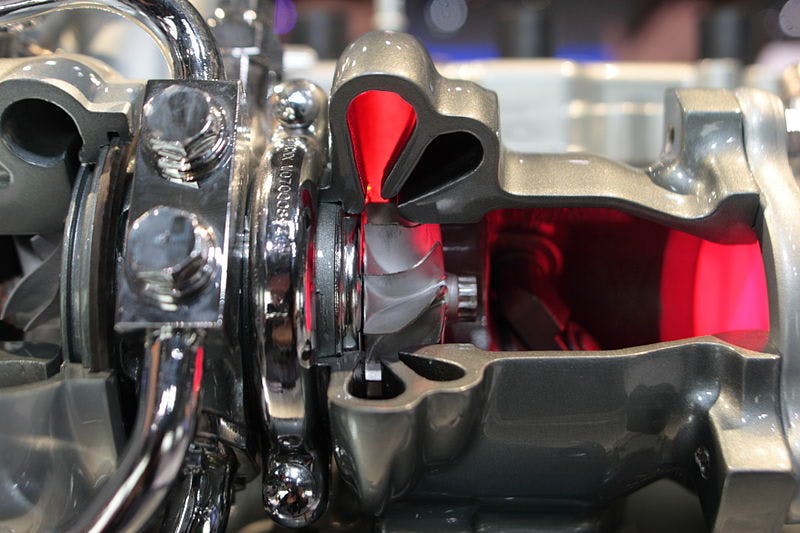
Twin-scroll turbo: What are its pros and cons?
If the ignition in the cylinders is in the order 1-3-4-2, cylinders 1 and 4, leads will lead to one channel and cylinders 2 and 3 to the other. In this case, there will be no loss of exhaust gas energy, because cylinder 3, which would take energy from the exhaust gas from cylinder 1, is not connected to the same pipe.
The disadvantage of the Twin-scroll turbocharger is its demanding construction of exhaust pipes. It is also necessary to have an even number of cylinders so exhaust gases from the same number of cylinders flow into each channel.
Advantages:
- Price similar to a single turbocharger
- Efficiency similar to a twin turbocharger
- Reliability
Disadvantages:
- Difficult design of exhaust pipes
- A difficult design solution for engines with a higher number of cylinders
Electric turbocharger

It is not a turbo but an electric compressor. This type of turbocharger does not need energy from exhaust gases for its drive, because it uses an electric motor and a special accumulator for its drive. Thanks to this, the electric turbo has several advantages. Probably the biggest is the complete elimination of turbo lag.
The electric turbocharger can regulate the speed of its turbine by changing the speed of the electric motor. This type of turbo, therefore, does not need any additional devices such as a blow-off valve, wastegate, or variable blades for regulating turbo lag.

Electric turbo: Is it a turbocharger or a supercharger?
This turbocharger is not used alone to supercharge the engine. At high engine speeds, the energy from the special battery would not be enough to turn the turbine at a sufficient speed. When using a stronger accumulator or a larger number of such accumulators, the price of the electric turbo would exceed the price of the entire car.
That is why the electric turbocharger only works at low and medium engine speeds, and at high speeds, it switches off and leaves the supercharging function to the classic turbocharger.
Advantages:
- Complete absence of turbo lag
- Does not need additional equipment to regulate the filling pressure
- Is not subject to high thermal load
Disadvantages:
- High price
- Question of reliability
- Requires a special battery that powers this turbo